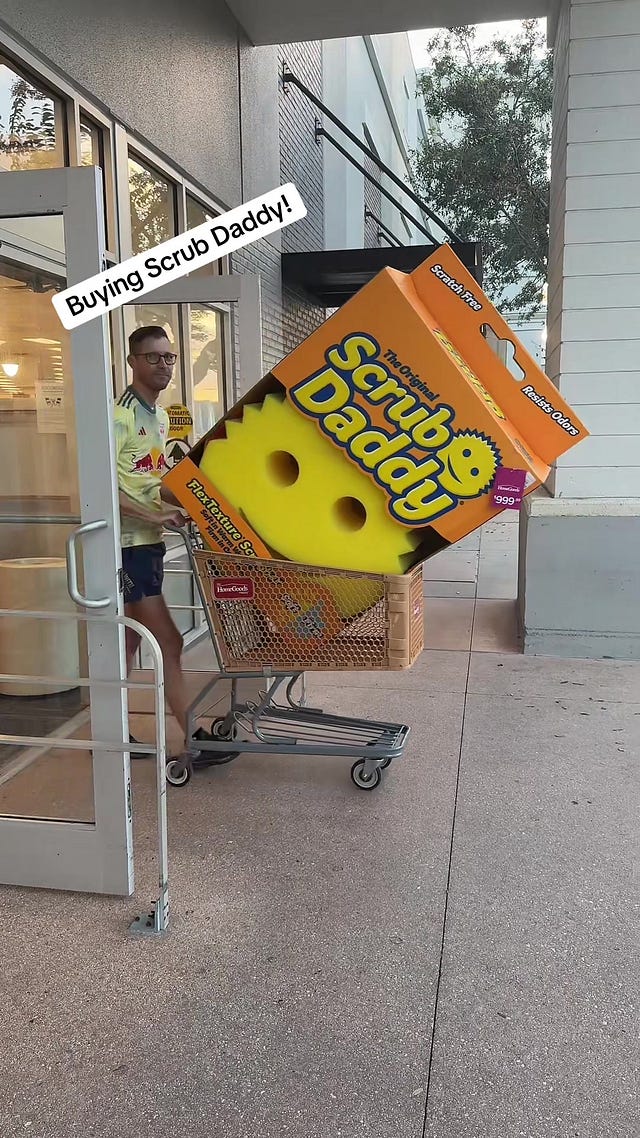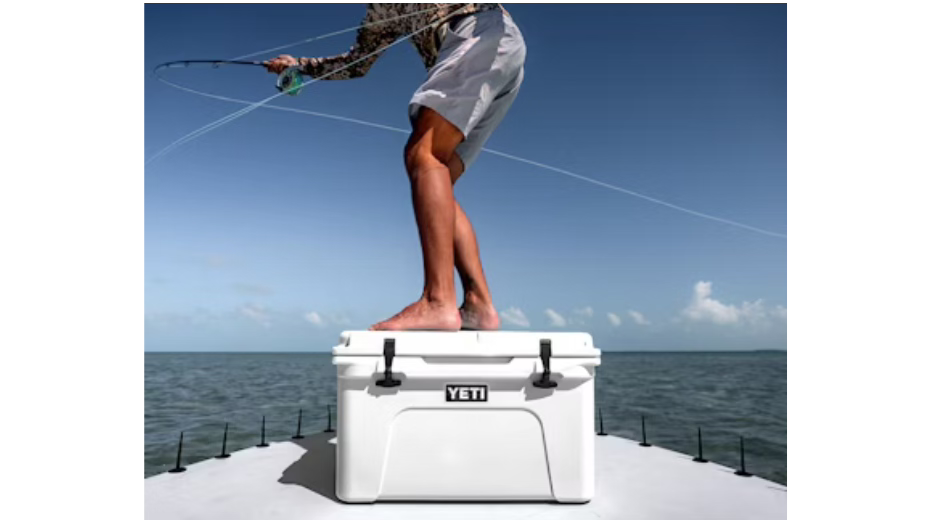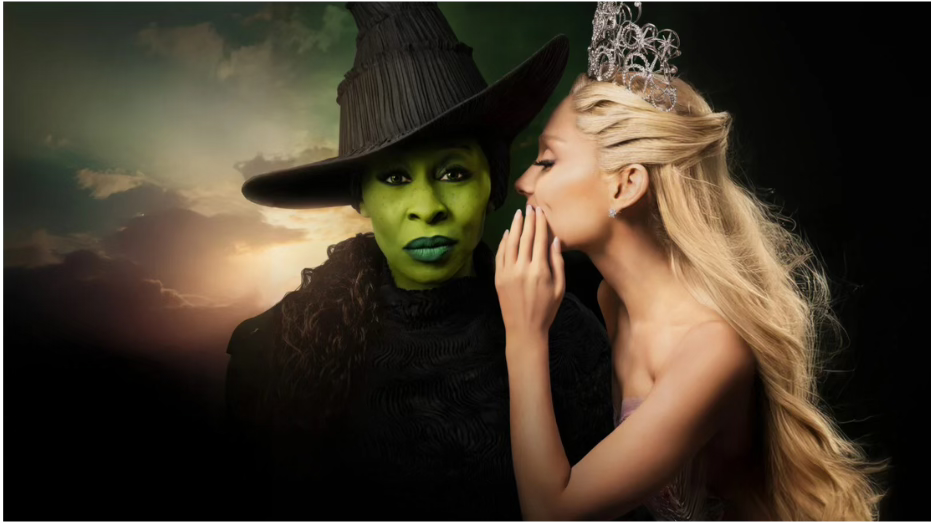Why Iconic Brands Never Change Their Stripes
Brands that win aren't chasing trends—they're building icons
Great brands don't just tell stories—they build them into every product, every touchpoint, every interaction. While some marketers scramble to catch the next trend, others have figured out something more valuable: being unforgettable isn't about constant reinvention. It's about consistency.
In today's endless scroll of content, the brands that stick are the ones that use distinctive, iconic brand assets to nail what the experts call "mental availability"—being the first name that pops into your head when you need something. The numbers back this up: research from the Ehrenberg-Bass Institute shows that brands with distinctive assets are 80% more likely to be remembered when it counts.
Think about it: A passive-aggressive owl has somehow made language learning addictive. A smiley-faced sponge turned cleaning into social media gold. A champagne brand staked a claim on an entire color. These aren't happy accidents—they're calculated moves that turned everyday items into cultural touchstones. Distinctive assets like mascots, colors, and even product designs do more than catch eyes—they build trust and emotional connections that last.
The smartest brands know this game isn't about constant makeovers. It's about picking your memorable elements and letting them shine everywhere, from product design to marketing. When you do it right, you don't just sell products—you create icons.
Let's look at some brands that got this exactly right.
Coca-Cola: The Bottle That Launched a Thousand Copycats
You can’t have this conversation without talking about Coca-Cola. Introduced in 1915 to stand out from competitors, this curvaceous beauty remains one of the most recognizable brand assets in history. Studies show that its unique shape improves brand recognition by 50% compared to standard packaging. By 1917, the contour bottle made up over 99% of Coca-Cola’s sales—a testament to its immediate impact.
This timeless design has transcended its function, appearing in pop art (thank you, Warhol), global advertising campaigns, and even augmented reality (AR) experiences. Coca-Cola’s consistency with its assets plays a huge role in its $74 billion brand value (2023), making it one of the most valuable global brands ever. Nearly 110 years since its creation, the contour bottle is proof that great design can stand the test of time. Coca-Cola has proven that you've probably done something right when your product is recognizable by touch alone in the dark.
Scrub Daddy: The Sponge That Made Cleaning Instagram-Worthy
Who knew a sponge could spark so much joy? Scrub Daddy took a humble household item and made it iconic with one simple yet brilliant addition: a smiley face. As functional as it is fun, the smile and eyes serve as cleaning aids, turning a chore into something…well, less dreadful. After its unforgettable Shark Tank appearance, Scrub Daddy became a $200 million brand.
But the magic doesn’t stop there. Scrub Daddy has become a pop culture darling, thriving on TikTok with over 1.6 million followers and videos that regularly amass millions of views. From dressing up sponges in Halloween costumes to creating memes that hilariously anthropomorphize the sponge, the brand’s social media presence extends its cheerful personality far beyond the kitchen sink. Scrub Daddy isn’t just a sponge—it’s a cultural icon.
[By the way, if you’re in the need for a laugh that’s also a marketing lesson, this Scrub Daddy video is my favorite.
Duolingo’s Duo: The Most Persistent Teacher Ever
Duolingo's Duo might be the only app notification you feel bad about ignoring. Duolingo’s green owl, Duo, has done that for us—and we love it. This green owl turned guilt into growth, helping build a community of over 500 million users. Duo’s passive-aggressive charm and meme-worthy antics have made the language-learning app’s mascot a viral sensation. The playful, persistent bird doesn’t just remind you to practice—it’s become a relatable, lovable, and formidable icon.
Duo’s influence extends beyond notifications. With AR filters, plush merchandise, and a TikTok account boasting over 6 million followers and hundreds of millions of views, Duolingo has turned its owl into a global ambassador. Duo has proven that being slightly annoying can be endearing—if you do it right. The result? A spot in pop culture history.
YETI: The Cooler That's Actually Cool
Coolers aren’t exactly the most glamorous products—unless you’re YETI. YETI transformed the humble cooler into a status symbol. Known for their minimalist, indestructible design, YETI’s coolers have become synonymous with premium quality.
The brand’s focus on durability and storytelling has built a loyal community, reflected in its Net Promoter Score (NPS) of 99, far above the industry average. YETI’s products, which endure extreme conditions from grizzly bear attacks to white-water rafting, have helped the company generate over $1 billion in annual revenue. Collaborations, like their Wicked-themed tumblers, prove that even a cooler can stay culturally relevant.
When your product can survive a grizzly bear attack, you've got a story worth telling.
Veuve Clicquot: The Yellow Label That Pops
Veuve Clicquot didn't just pick a color—they owned it. Bright and bold, the label stands out in a sea of white wine competitors, instantly communicating luxury with a twist of fun. It’s more than a design choice—it’s a symbol of celebration.
The yellow label has been a key driver of Veuve Clicquot’s success, contributing to its 10.3% share of the global champagne market and annual revenue of around $650 million. The brand extends its signature color across exclusive events, limited-edition packaging, and digital campaigns, proving that sometimes, a color can be worth its weight in gold (or in this case, champagne).
Vueve Clicquot teaches us another important lesson in consistency: sometimes making your mark means choosing one thing and sticking to it.
Wicked: The Show That Owned Its Shade
Few Broadway shows boast branding as iconic as Wicked. The emerald-tinged silhouette of Elphaba whispering to Glinda is instantly recognizable, becoming a cultural touchstone for fans worldwide. This striking visual supports the show’s global earnings of over $5 billion in its first couple of weeks. That's what you call staying power.
The brilliance of Wicked’s branding is that it doesn’t stop at the poster. The show extends its assets through themed merchandise, social campaigns, and partnerships, such as its collaboration with YETI for Glinda- and Elphaba-inspired tumblers, OPI for special edition green and pink nail polish, and even Lexus with an iconic campaign. With over 60 million people globally having seen the show, Wicked’s emerald glow ensures it remains a standout in the world of entertainment.
What We’ve Learned: Strong Assets = Instant Recognition
Strong brand assets don't just stand out. They stick around. From Coca-Cola's curvy bottle to Scrub Daddy's smile, these elements make choices easier for consumers shopping in a crowded market. When a brand commits to distinctive assets—whether it's a persistent owl, an indestructible cooler, or a signature yellow—it builds recognition that works everywhere, from social feeds to store shelves.
The lesson from these iconic brands? Sometimes the boldest move isn't reinvention—it's consistency. By investing in memorable elements that transcend trends, brands create the kind of recognition that turns products into icons and customers into advocates.
The strongest brands know that being consistently memorable isn't just smart—it's essential in a world of constant change.
Where does your brand need to commit?












